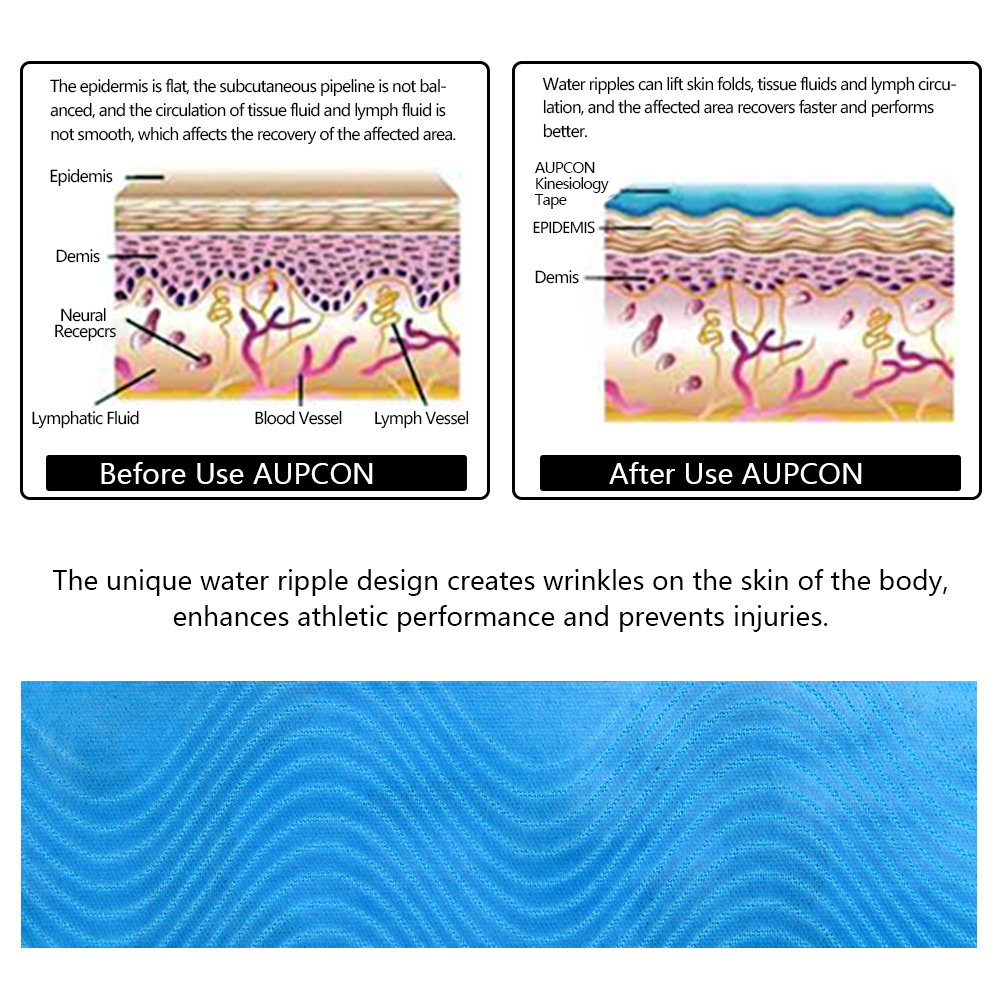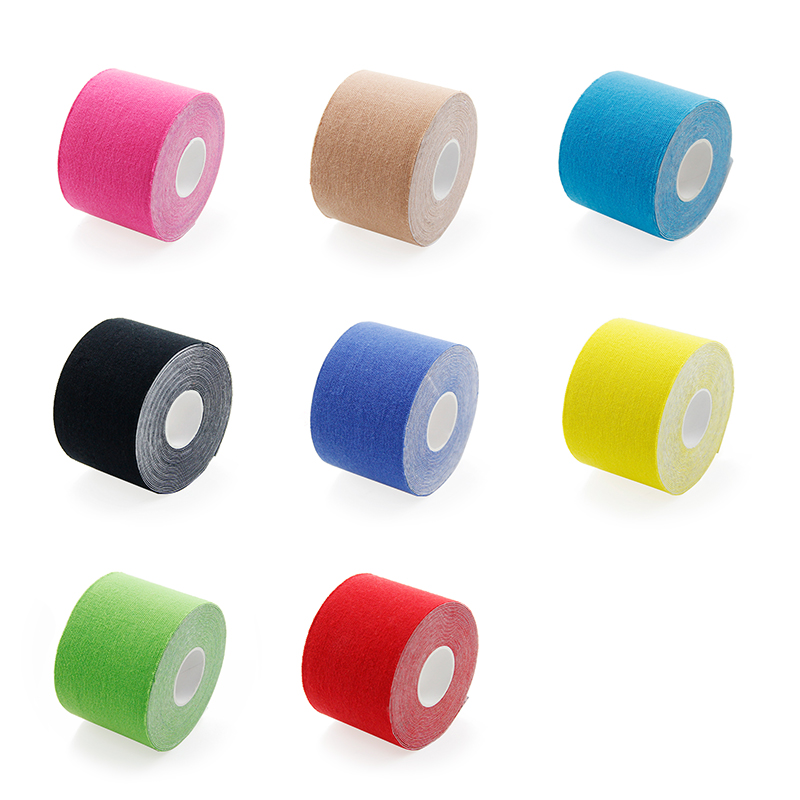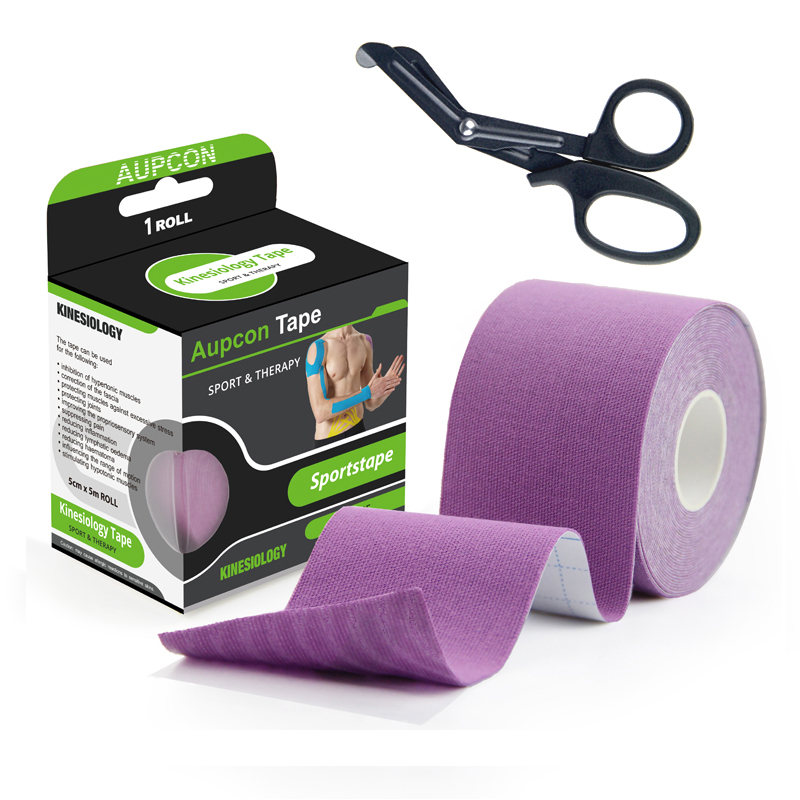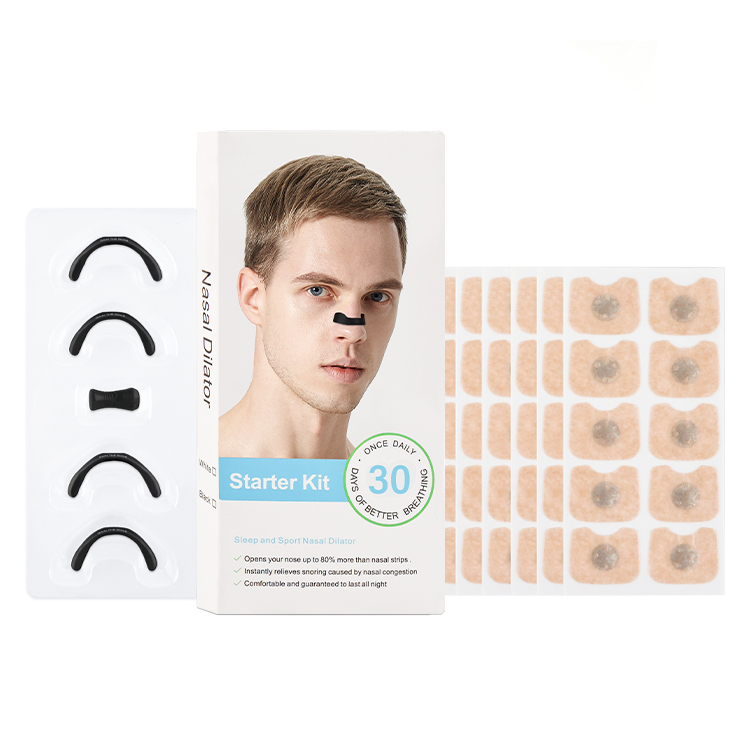Kinesiology Tape Calf is a thin, stretchy cotton tape used for various therapeutic purposes. When applied to the calf it is known as kinesiology tape calf.
Kinesiology tape was developed by Japanese chiropractor Dr. Kenzo Kase in the 1970s. The tape is designed to mimic the properties of human skin in terms of thickness and elasticity. It is made of cotton or rayon material with glue. The tape stretches lengthwise for direct application to the skin.
Key features and benefits of Calf Kinesiology Tape include:
Elasticity: kinesiology tape calf has high elasticity and can stretch and contract with the movement of calf muscles. This elasticity allows for the building of muscles without restricting the movement of joints.
Breathable: Kinesiology Tape Calf is breathable to allow air to circulate and evaporate moisture. This helps prevent excessive sweating and skin irritation during physical activity.

Adhesive properties: Kinesiology Tape Calf adheres directly to the skin, and the adhesive is generally hypoallergenic and latex-free, reducing the risk of allergic reactions.
Support and Stability: When used correctly, kinesiology tape calf provides support and stability to the calf muscles, helping to reduce excessive or abnormal movement during physical activity. This is especially helpful in cases of muscle weakness, fatigue, or injury.
Pain Relief: Kinesiology Tape Calf are thought to relieve pain by reducing pressure on the affected area, improving circulation and stimulating sensory receptors in the skin. It may help relieve discomfort associated with calf strains, muscle imbalances, or overuse injuries.
Proprioceptive Feedback: The tape provides proprioceptive feedback when applied to the skin, enhancing body awareness and muscle coordination. This helps improve movement patterns and muscle control.
What does taping your calf do?
Muscle Support: Taping can help provide additional support to the calf muscles, especially if the muscles are weak, fatigued, or recovering from an injury. The tape can provide external support and help reduce excessive or abnormal muscle contraction during exercise.
Pain Relief: Taping can help relieve pain associated with conditions such as calf injuries or strains, muscle imbalances, or overuse injuries. Taping can help relieve pressure on the affected area, reduce inflammation, and provide sensory stimulation that helps diffuse pain.

Reduce swelling: Taping techniques can help reduce swelling or edema by gently compressing the area. This compression helps improve blood and lymphatic circulation, promoting removal of excess fluid and reducing swelling.
Improved circulation: Application of calf kinesiology tape can help enhance blood circulation in the calf area. By gently lifting the skin, the tape promotes a pump-like effect, which increases blood flow and the delivery of nutrients to the muscles.
Proprioceptive feedback: Tapping can provide proprioceptive feedback, which refers to the body’s awareness of its position and movement in space. The gentle stimulation of the tape to the skin enhances proprioception, helping to improve muscle coordination and control.
How to apply kinesiology tape calf?
Gather the necessary supplies: You’ll need kinesiology tape calf (available at most athletic or medical supply stores), scissors to cut the tape, and possibly a skin cleanser or alcohol swab to clean the area beforehand.
Prep the skin: Make sure the skin on the calf is clean, dry, and free of oil or lotion. If needed, clean the area with mild soap and water and allow to dry or wipe dry thoroughly.
Measure and cut the tape: Measure and cut a strip of kinesiology tape calf long enough to cover the desired area of the calf. The length will depend on your specific needs and the size of your calf muscles.
Applying the Anchor Strap: Begin by applying the anchor strap to the bottom of the calf, just above the Achilles tendon. The strip should be applied with no stretch or tension in the tape.
Apply Main Tape: Remove the pre-cut tape and apply vertically along the center of the calf, starting at the strap and going up to the knee. Apply the tape with a 50% stretch, which means you want the tape stretched to about half of its original length when you apply it.
Smooth the tape: Use your hands to gently rub along the applied tape to make sure the tape adheres well to the skin without wrinkles or creases. This step helps activate the adhesive and ensures an optimal tape bond.
Optional additional strips: Depending on your specific needs, you can apply additional strips around the calf muscles, following a similar stretching technique and slightly overlapping the previous strips.
Test and Adjust: After applying the tape, make some gentle movements to make sure it feels comfortable and supported. You can make minor adjustments or reapply the tape for a better fit or support if needed.
Remember, if you are unsure of a specific taping technique for your situation, or if you need custom taping, always consult a healthcare professional or a qualified athletic therapist. They can provide you with expert guidance tailored to your individual needs.





